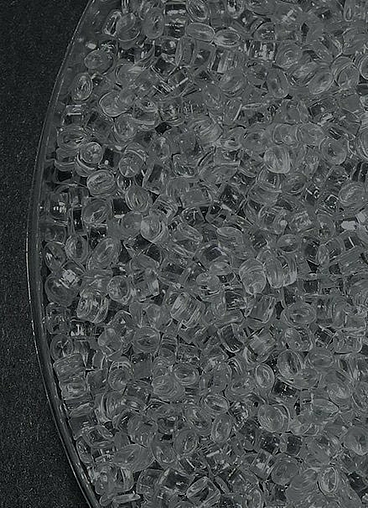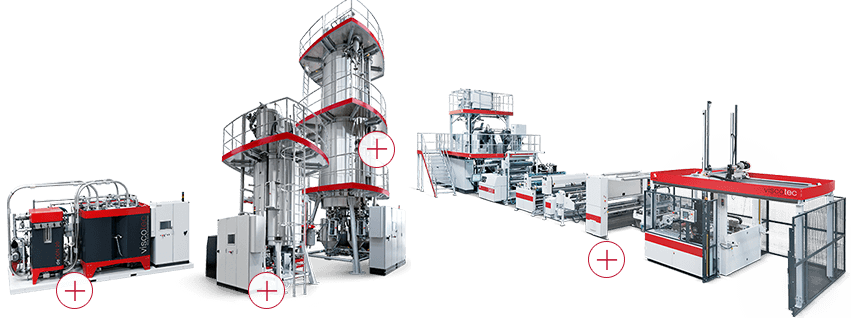European Regulation EC 2023/2006 (GMP)
requires quality assurance but lacks concrete details or rules of realizing it in practice. Fact is, nevertheless, that those who sell rPET packaging with direct food contact in the European market will be audited by a Member State Authority in future. A task force, established for this purpose and consisting of several Member State Experts, is currently developing a guideline for these audits. There are no details available so far, but the basis for such controls will be a transparent description of how traceability and quality are assured.
No matter if it is food grade flake, sheet or try -
please ask yourself two questions:
#1 Do I know which input material from which supplier ended up in this product?
#2 Am I able to show any kind of documentation that confirms the origin?
How to organize this in practice?
The premise for traceability is deep knowledge about your material. You can only gain that knowledge through strict quality control. A few examples: At each raw material delivery data sheets can be checked. They serve as evidence for sorting purity (5% non-food application limit) and material origin (manufactured in correspondence to European Legislation). Input material analysis, e.g. a sample of each truck load, confirms pre-established input material specifications. The “roast test” is a useful way of identifying and quantifying non-volatile impurities like PVC, metal parts or the like in the input material. Gas chromatography provides valuable information about volatile compounds like AA and Limonene. Effected before and after the super-cleaning process on a regular basis, they can also serve as indication for the efficiency of the recycling process. Finally, also the storage of tested material samples is part of the quality control. The storage period is recommended to correspond to the shelf life of the packed product.
That is, regular quality control that covers supplier checks, input and output material tests, as well as sample storage combined with supporting documentation serves as evidence for traceability and contributes to a safe final product.

Incoming washed flakes check
- Origin
- 5% non-food limit

Big bag labelling & testing
- One Analysis per BB (Roast test, GC)
- Comparison to input spec

Super-cleaning process
Food grade parameters check

Material quality check
- iV, color, GC
-Comparison to food grade spec

Storage
Material and sample storage with accurate labelling











